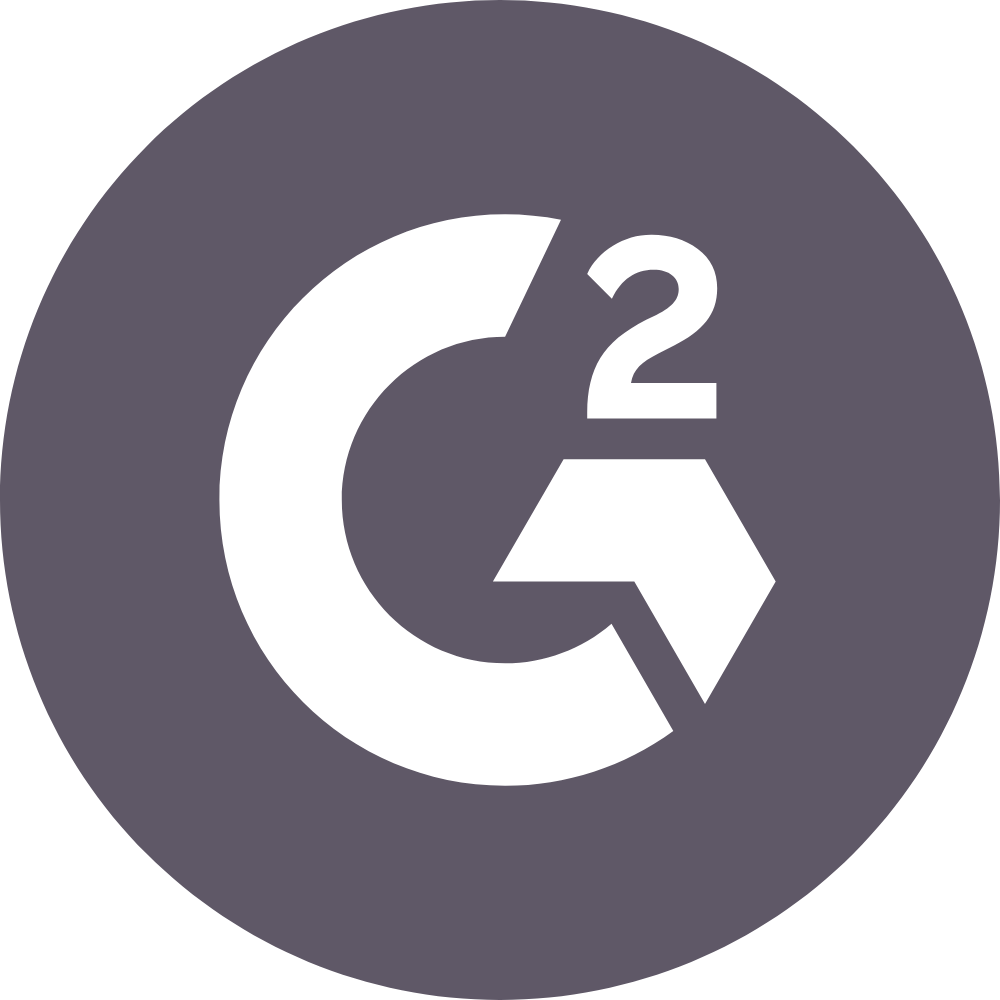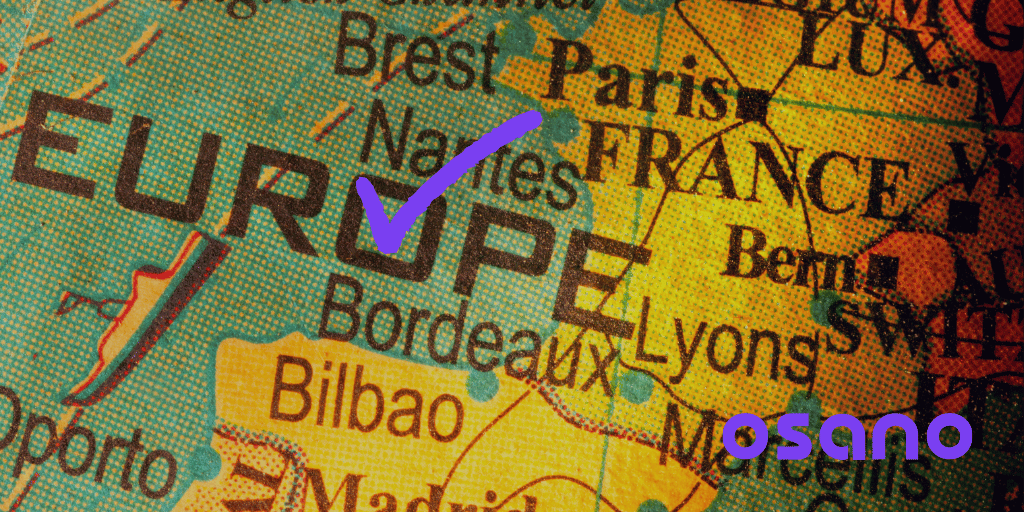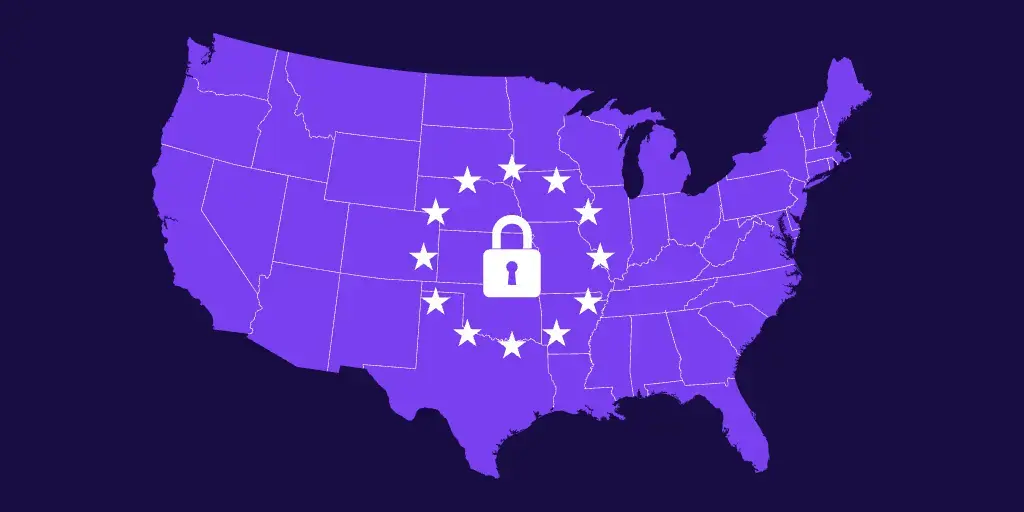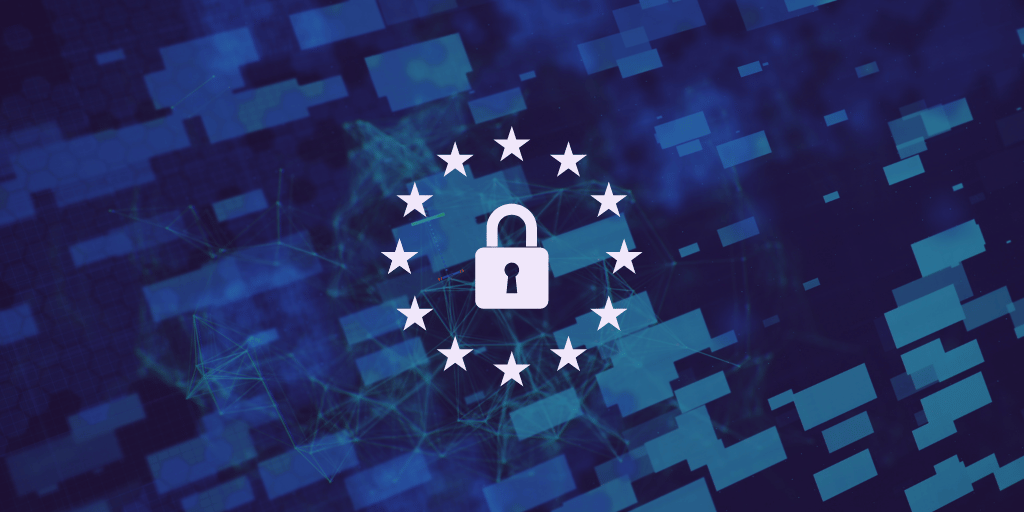A Guide to GDPR Compliance Software
The General Data Protection Regulation (GDPR) may be years old at this point, but it’s unlikely that GDPR compliance will ever be “solved.” Businesses will still need to contend with its web of requirements, exemptions, stipulations, penalties, and other intricacies for the first time. Over time, this web can be untangled, and you can achieve compliance.
Over the course of your journey towards compliance, however, GDPR compliance software will be an essential tool. In this article, we’ll walk through some of the GDPR’s major requirements, and how those requirements can be solved or supported with the right tools at your side.
So, what exactly is the GDPR?
What Is the GDPR?
The General Data Protection Regulation (GDPR) is a set of regulations that standardizes data protection laws across all EU member states. It gives individuals greater control over their personal data and imposes obligations on organizations that collect and process this data. Implemented in May 2018, the regulation aims to protect the privacy and personal data of EU citizens. It applies not only to EU businesses but also to any organization outside the EU that processes the data of EU residents.
The GDPR provides a comprehensive framework for the protection of personal data. It defines personal data as any information relating to an identified or identifiable natural person. This includes names, addresses, email addresses, financial information, IP addresses, or any other information that could be used to identify a natural person.
The law also has a fairly wide reach, and your organization may be subject to it even if you aren’t based out of the EU. You must comply with the GDPR if you meet any of the following:
- Your business is based in the EU and processes EU citizens’ data.
- Your business offers products or services to EU citizens regardless of where it’s located.
- Your business monitors the behavior of EU citizens, such as tracking their online activities, regardless of where it’s located.
While enumerating the individual requirements of the GDPR is out of this article’s scope, you can get a sense of its requirements by understanding the seven core principles that inform the law:
- Lawfulness, fairness, and transparency: You must process data in accordance with the law, treat data subjects (i.e., the individuals whose data you’ve processed) fairly, and be transparent about your data processing activities.
- Purpose limitation: You should only process data for legitimate purposes that you specify for each data subject before you collect it. After you’ve completed a given purpose, you can’t retain that data and re-use it for another purpose without first gaining the data subject’s consent.
- Data minimization: You may only collect and use data if it’s absolutely necessary to complete your stated purpose. Furthermore, you must limit access to personal data to only those employees needing the information to complete the given purpose.
- Accuracy: You should keep your data as accurate as possible at all times.
- Storage limitation: Only store personal data as long as necessary for the intended purpose. When you're done with it, delete it.
- Integrity and confidentiality: Process data in a way that protects its security, integrity, and privacy. (For instance, transferring data with encryption).
- Accountability: You are responsible for demonstrating GDPR compliance. Regulators expect detailed documentation about the data collected, how it's used, and where it's stored. Organizations must train staff well to implement organizational security measures. And organizations must have data processing agreements in place with all third-party vendors who process data on their behalf.
These principles translate into much more specific requirements, such as:
- Obtaining a prescribed lawful basis for collecting, storing, and processing personal information. Typically, most organizations rely on the data subject’s consent for their lawful basis.
- If consent is the lawful basis, then it must be freely given, informed, and unambiguous.
- DSARs must be honored, and data subjects have the right to request access to their data.
- If a data breach occurs, relevant data protection authorities must be notified within 72 hours.
- Businesses must have a designated data protection officer (DPO).
- Data protection impact assessments (DPIAs) and records of processing activity (RoPAs) must be conducted under certain circumstances.
- And much more.
The GDPR also introduces certain rights for individuals, such as the right to access their personal data, the right to rectify inaccurate data, and the right to be forgotten. These rights empower individuals to take control of their personal information and ensure its accuracy and security.
Data Protection Authorities (DPAs) investigate all complaints, provide advice on data protection matters, and take action against businesses that violate GDPR requirements. Unfortunately, each EU member state has its own DPA, who has their own particular guidance on the law. This can make complying with the GDPR across the entire EU very tricky for organizations who choose to take on compliance without seeking outside help.
Why is GDPR Compliance Crucial for Businesses?
GDPR compliance is not just about avoiding fines, but with that said, the penalties for noncompliance can become very expensive very quickly. Noncompliant businesses can be fined over 4% of annual global revenue or €20 million, whichever is the higher figure.
GDPR compliance is also about building trust and enhancing customer relationships. By demonstrating compliance, businesses can show their commitment to protecting customer data and differentiate themselves in an increasingly data-driven world. When organizations comply with GDPR, they are more likely to gain the trust of their customers. Customers are becoming increasingly aware of the importance of data privacy and are more likely to choose businesses that prioritize the protection of their personal information.
In fact, according to research from the International Association of Privacy Professionals:
- Nearly 68% of consumers throughout the world said they are either somewhat or very concerned about their online privacy.
- According to 64% of consumers, companies that provide clear information about their privacy policies enhance their trust.
- 33% of consumers would lose trust in an organization that uses their data to offer them products or services from another organization.
What’s more, becoming compliant with the GDPR also forces you to shore up your data management and cybersecurity practices. If you don’t know where data lives in your organization or where it flows, you can’t protect it. Research shows that companies with inadequate data privacy practices are 80% more likely to suffer a breach than those with robust privacy practices. In part, this is because GDPR compliance prompts businesses to assess their data collection and processing practices, identify potential vulnerabilities, and implement appropriate security measures.
With the promise of reduced legal risk, better consumer trust, and stronger cybersecurity, compliance with the GDPR seems like a straightforward decision. But compliance isn’t necessarily easy—that’s why businesses seek out GDPR compliance software.
Key Features to Look for in GDPR Compliance Software
When selecting GDPR compliance software, it is essential to consider the features that align with your business needs. Here are some key features to look out for.
Data Subject Access Request Support
Under the GDPR, businesses must respond to data subject access requests (DSARs) within one month of receipt of the request. If you have one or two requests a month, you might not mind the inefficiency of responding to DSARs manually. But as that number climbs up, not only will you be taking up more of your team’s time responding to DSARs rather than other important initiatives, you’ll run the risk of missing the DSAR deadline or worse—responding to DSARs inaccurately or with other individuals’ personal data.
That’s why GDPR compliance software should come with support for DSAR processes. This can take the form of support for the DSAR workflow, improved communications with data subjects, better coordination with internal stakeholders, and even automation for standard request types.
Consent Management
Obtaining and managing consent is a crucial aspect of GDPR compliance. Look for software that offers tools to secure, execute on, track, and store consent records effectively.
Consent management is a critical requirement under GDPR, and the software should provide comprehensive features to handle this process efficiently. At first blush, this task can seem fairly straightforward—just permit or block the data trackers on your site based on visitors’ indicated choices. This ignores the fact that doing so requires a significant amount of technical work, which translates into taking up time that your engineers could spend on your product or service.
Furthermore, each EU member state has its own requirements on cookie banner design and functionality. Tracking these requirements (which can change and evolve) also is a seriously time-consuming task.
Records of Processing Activity
Article 30 of the GDPR requires businesses to develop and maintain “records of processing activity” or RoPAs. Specifically, these documents must include:
- The name and contact details of the controller, joint controllers, representatives, and data protection officer.
- The purposes of the processing.
- The categories of data subjects and personal data.
- The categories of recipients to whom the personal data have been or will be disclosed.
- Transfers of personal data to a third country or an international organization.
- The envisaged time limits for erasure of the different categories of data.
- A general description of technical and organizational security measures.
If your organization is a processor rather than a controller, then you must provide:
- The name and contact details of the processor or processors and of each controller on behalf of which the processor is acting, the controller’s or the processor’s representative, and the data protection officer.
- The categories of processing carried out on behalf of each controller.
- Transfers of personal data to a third country or an international organization.
- A general description of technical and organizational security measures.
Obviously, this can become quite time-consuming without automated support. GDPR compliance software should provide some means of supporting the creation and maintenance of RoPAs—otherwise, you’ll need to dedicate a significant amount of time to maintaining this crucial document.
Some GDPR compliance software is capable of generating a map of all the data throughout your organization
Data Protection Impact Assessments
Beyond RoPAs, you’ll also need to conduct mandated assessments like Data Protection Impact Assessments (DPIAs) under certain circumstances. According to the GDPR:
Where a type of processing in particular using new technologies, and taking into account the nature, scope, context and purposes of the processing, is likely to result in a high risk to the rights and freedoms of natural persons, the controller shall, prior to the processing, carry out an assessment of the impact of the envisaged processing operations on the protection of personal data.
GDPR compliance software can support the DPIA workflow by guiding you through the assessment process; storing completed assessments in a central, secure location; and automatically disparate personnel throughout the organization about assessments they’ve been assigned to.
How to Choose the Right GDPR Compliance Solution
When evaluating GDPR compliance software, make sure to evaluate your:
- Business needs.
- Budget.
- Compliance priorities.
And crucially, recall that GDPR compliance isn’t a one-and-done affair; your business will change, the laws will change, and best practices will change. In addition to the software solution itself, make sure to evaluate the team behind that solution. Will they support your implementation process? Will they provide ongoing guidance? Are they knowledgeable and pleasant to work with? Often, it can be easy to forget that the team behind your GDPR compliance software is an element of your overall GDPR compliance solution.
At Osano, we take that responsibility seriously. So much so, we offer the industry’s only “No Fines. No Penalties.” Pledge. Our implementation and support team are dedicated to our customers’ success, and we regularly listen for common concerns and challenges our customers are facing so that we can adjust our product roadmap accordingly.
Armed with the knowledge you received in this article, why not schedule a demo of Osano to see whether it can serve as your organization’s GDPR compliance software solution?
.webp?width=1220&height=1090&name=Osano-guarantee-seal%20(1).webp)









/Cookie%20Consent/Hero-cookie-consent.png)
/Subject%20Rights%20Management%20(DSAR)/Switchback-1B-subject-rights.png)
/Data%20Mapping/hero-data-mapping.png)
/Vendor/Hero-vendor-risk%20(1).png)
/Features/Switchback%20Consult%20+%20Guarantee%20-%20peach.png)




